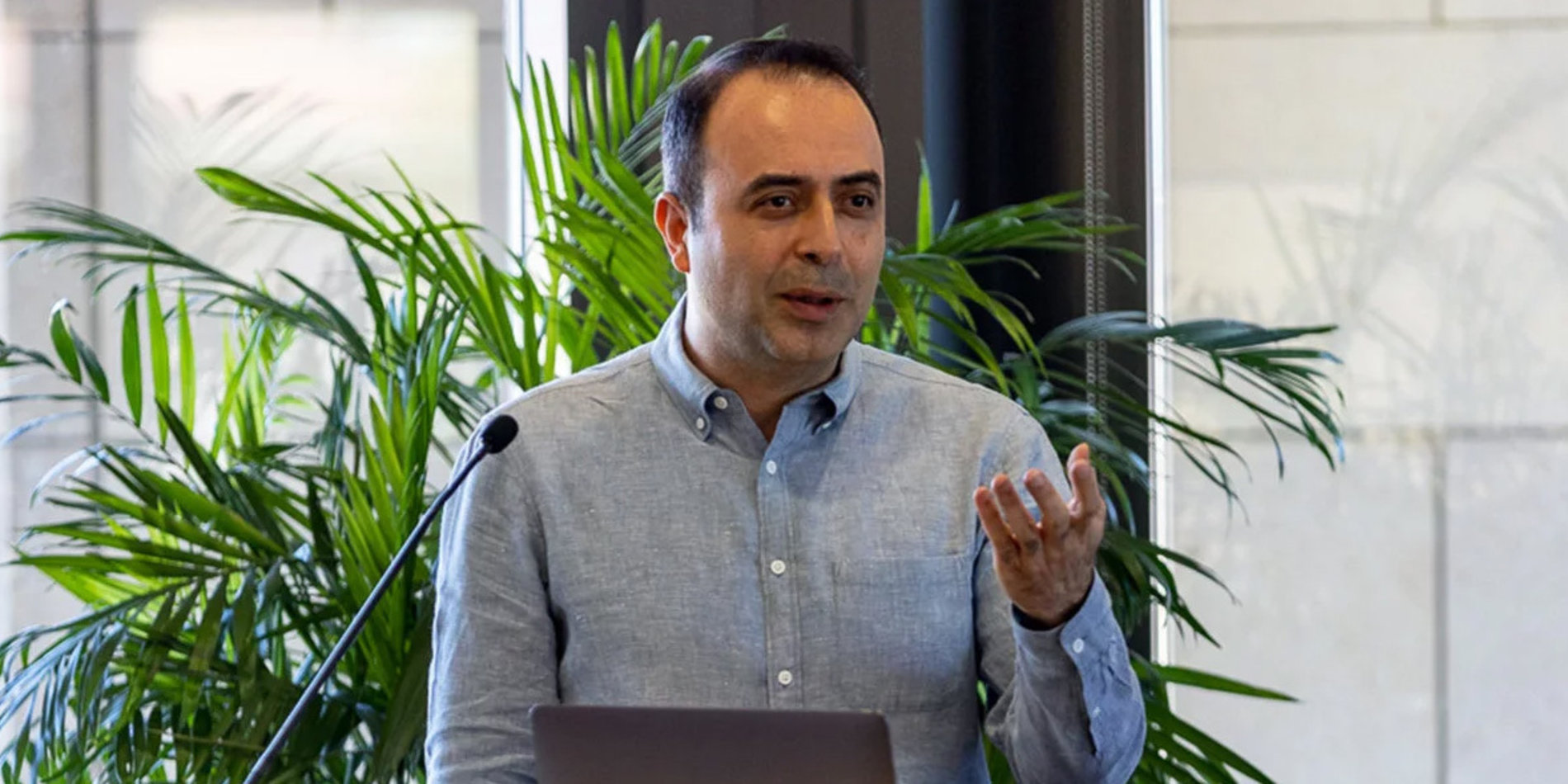INFORMS editorial boards exhibit low levels of diversity, MS&E study finds

Low levels of diversity in editorial boards may cause worthy scholarly work to be overlooked for publication in INFORMS journals, according to a study by Professor of MS&E Margaret Brandeau.
The study assessed the editorial boards of 16 INFORMS journals. It measured diversity along multiple axes: gender, whether an individual is an underrepresented minority, and institutional affiliation. Prof. Brandeau and coauthor Laker Newhouse, a student at Khan Laboratory School, also performed a network analysis to identify coauthor relationships between editorial board members.
The "in crowd"
The data showed that women account for less than 20% of editorial board members and less than 1% are underrepresented minorities. To put this in context, 26% of INFORMS members are women and 3% are Black or Hispanic. Additionally, 25% of board members come from just 10 institutions; these 10 institutions represent only 5% of all home institutions of board members.
The study also revealed a high level of network connectivity between board members for some INFORMS journals, as measured by coauthor relationships. According to Brandeau and Newhouse, this suggests "the influence of an 'in crowd' of like-minded individuals" in the editorial process.
A path to inclusivity
Given these findings, Brandeau and Newhouse provided actionable recommendations to broaden diversity and reduce connectivity within INFORMS journals. They proposed strategies to increase diversity among editor-in-chief appointees, as well as the diversity of people and ideas on the editorial boards. Additionally, the authors made publicly available the Python code that they used to analyze Google Scholar records—to assess network diversity—in the hope that it may be used when forming future editorial boards.
This study was supported by an INFORMS Diversity Equity and Inclusion (DEI) Award, and Prof. Brandeau is an INFORMS DEI Ambassador. Read more about the INFORMS DEI Ambassador program
Read the full paper (PDF download) below:


